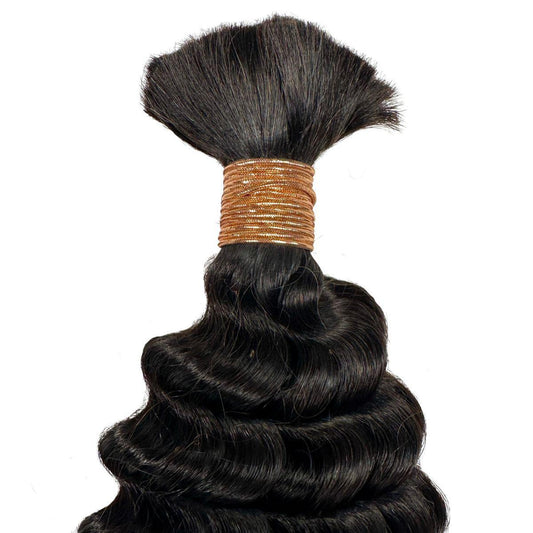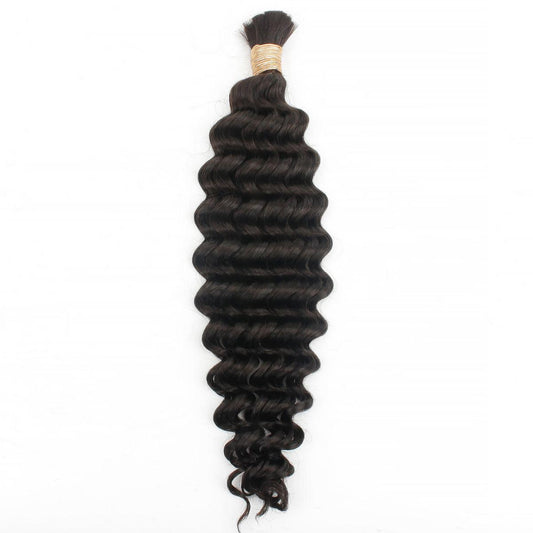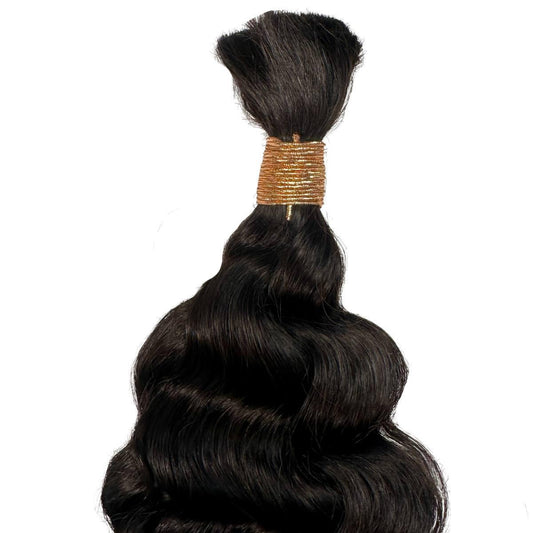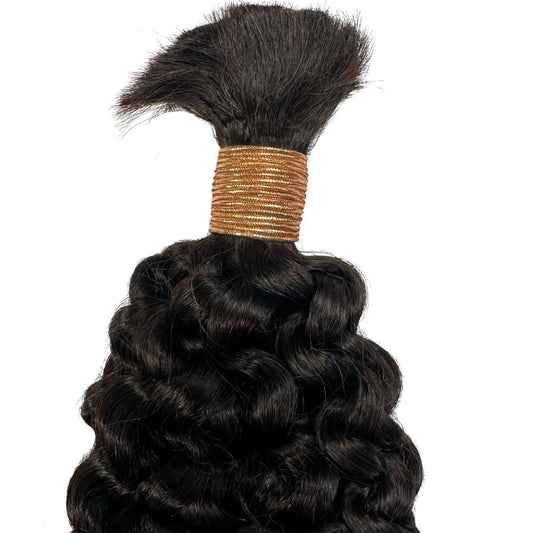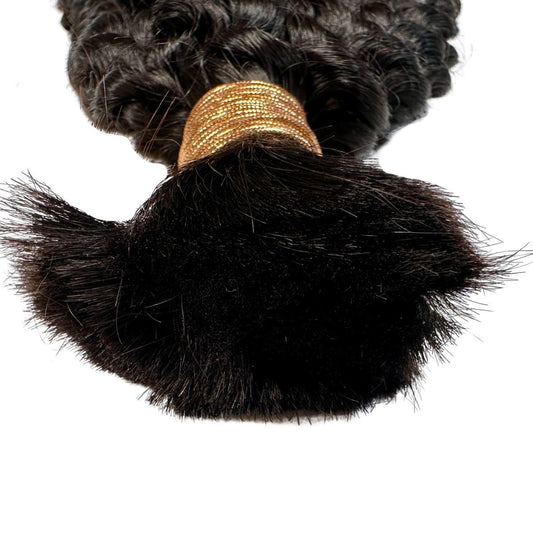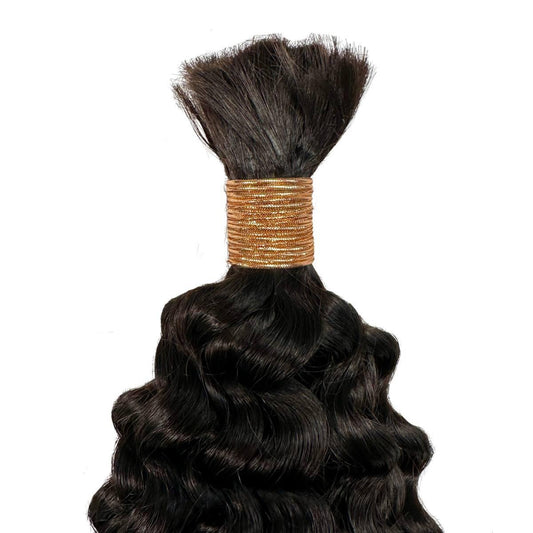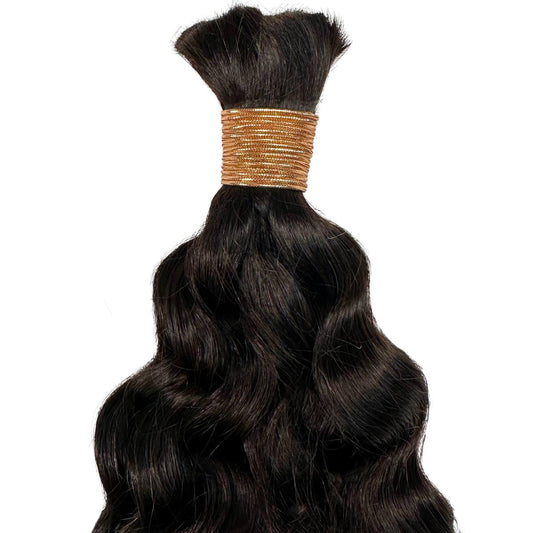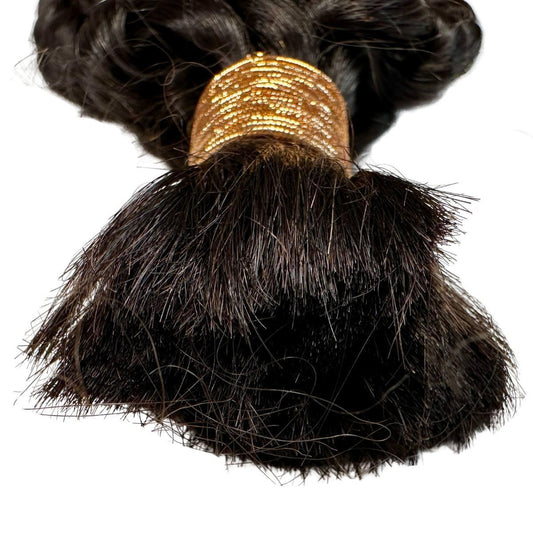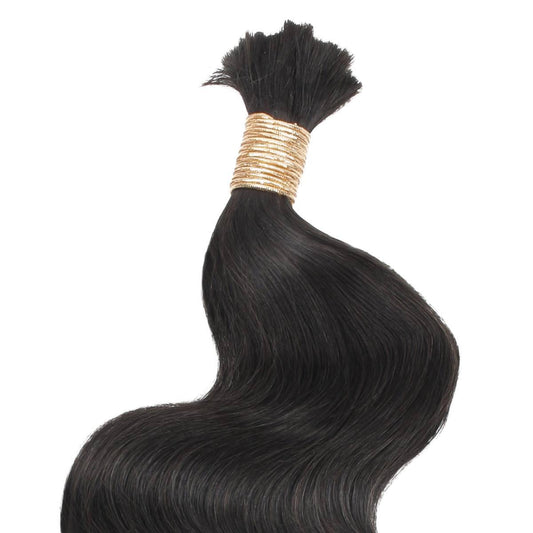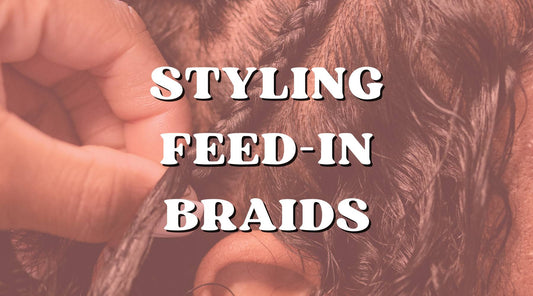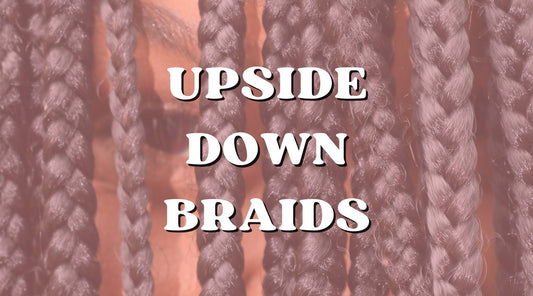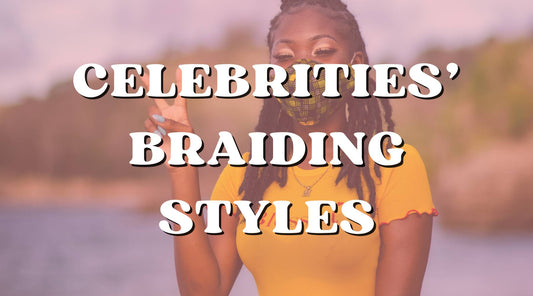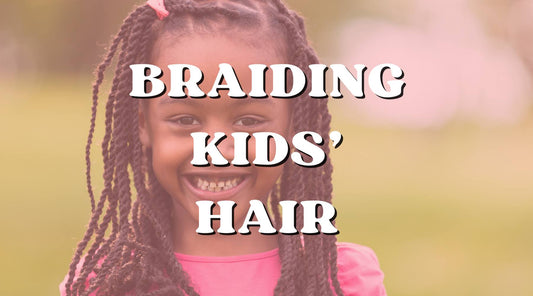1260 Memorial Drive
Atlanta, Georgia 30316
404-458-1330
Cultural Aspects and Significance of Braiding Hair Throughout History
Mikey MoranWe all agree that braids are among the most wonderful man-made inventions ever. From intricate cornrow patterns to free-spirited, effortlessly chic boho braids, every braided hairstyle is proof of the awesomeness that is braids.
But what if I tell you that for every strand of braids you’ve ever seen, there’s a story behind them? Shocking, right?
Today, we will take you on a journey into the world of braiding hair and discuss details you may never have heard about.
So whether you are new to braiding or are an OG braid enthusiast, sit back as we unveil the rarely discussed cultural aspects and significance of hair braiding!💖

Braids in Different Cultures
Braids are more than just a hairstyle; if anything, they are essential parts of cultures passed down from generation to generation.
Contrary to what you may think or know, braids aren’t a recent fashion trend; they’ve existed for thousands of years across different cultures, each unique. Let’s explore the various historical backgrounds of hair braiding.
Africa Hair Braiding
If people refer to Africa as the birthplace of hair braiding, it’s safe to say they are not entirely wrong. Braiding has existed on the continent for thousands of years, with ancient carvings and drawings proof of this existence.
In most African cultures, braiding went beyond just weaving strands of hair together; it signified a lot of things, from identity to age and social status.
Egypt Hair Braiding
In Egypt, braided hairstyles were also popular. From royalty to the commoner, many Egyptians wore elaborate hairstyles for several reasons. Royalty and the rich wore braids decorated with micro beads, gold, and other jewels to signify wealth and status.
For commoners, braiding the hair was done for several reasons, from protection to the belief that it brought good luck.
Even in death, some Egyptians were buried with their hair braided as part of their funeral rituals based on the assumption that individuals were supposed to maintain their identity in the afterlife.

Native America Hair Braiding
Hair braiding was also an integral part of Native American culture. For many tribes, hair braiding was deeply spiritual, indicating a connection with nature.
Many Native Americans believe the three strands of the braid represent the body, mind, and spirit. Tribes also engaged in hair braiding to bond and foster unity among themselves.
Asia Hair Braiding
As shocking as it may seem, Asians also practiced the art of hair braiding techniques. For women, long braided hair indicated femininity and grace. In Ancient China, young women wore their hair in braids to show they were unmarried and kept them until their fifteenth birthday, when they went through a coming-of-age ceremony.
Let’s not forget the Sumo wrestlers, who wore intricate braids not just for looks but also to keep hair off their faces during matches. In other parts of Asia, braids were associated with religious beliefs, ceremonies, and traditions.
Europe Hair Braiding
Once again, there should be no surprises here. Europeans also have a rich history of hair braiding, as evidenced by art and drawings from Ancient Rome and Greece. Back then, sporting braids was a sign of wealth and sophistication.
In Viking culture, braids protected the hair during battle and were also an indicator of rank. In parts of Russia, women and girls made what was popularly known as the Russian Braid, which indicated pride and honor.

Cultural Significance of Hair Braiding
Remember, even back then, braids weren’t just hairstyles.
They had a deeper meaning and cultural significance. Here are some of the things braids signified culturally:
Status and Identity
One thing braids have in common across different cultures is that they have been used to signify status and identity. In these different cultures, the pattern, length, and even accessorizing the braids were markers for different things.
With the Russian Braid, for instance, one significant, long strand was worn by girls to indicate they were searching for a groom, while two braids tied around the head meant the girl was married or about to be married.
In parts of Africa, braids indicated one’s tribe, marital status, and even family lineage.
Religious Beliefs
As mentioned, many Native Americans revered their braids because they signified a connection to the spiritual world. Braiding was deeply sacred to them, and in some tribes, cut hair was never thrown away. Instead, it was kept or ceremonially burned with sages.
Communal Activity
In many world cultures, braids were also seen as a communal activity.
Again, for native Americans, hair braiding among themselves signified the sacredness of relationships, and they would only cut their hair to mourn a loved one who died. In Africa, women saw braiding sessions as an opportunity to connect, share stories, and build relationships.

The Popularity of Hair Braiding in Recent Times
While the cultural significance of hair braiding has been lost recently, this is untrue.
If anything, braids have evolved so much that they now go beyond cultural limits. In fact, they are now a global trend and statement for women around the world to showcase their personal braiding style in all its glory.
From box braids to boho braids, cornrows, and Fulani braids, women use hair braiding daily to showcase their cultural heritage and individuality.
The best part is the recent use of human braiding hair to achieve these braided hairstyles.
For a long time, women have sought ways to ensure that their braids remained fresh and lasted as long as possible.
With human braiding hair, these issues have been fixed! One of the many reasons braids have increased in popularity is the availability of human braiding hair. They offer the most natural look and feel, are highly versatile, and are more durable than synthetic braiding extensions.
The significant part is that unlike before, these human braiding hairs are now so readily available that women no longer have to be stuck with the option of using synthetic extensions.
Now, you can enjoy the immense benefits of gorgeous and long-lasting braids without hassle.

Cultural Aspects and Significance of Hair Braiding
From Africa to Egypt, Asia, Native America, and Europe, we’ve gone on a time travel to unveil the historical background and cultural significance of hair braiding.
Even from ancient times, braids have been seen as a means of bonding and a marker for status, identity, and religious beliefs.😇
So, if you are inspired to tap into your roots and get some braids today, we recommend using the Private Label range of bulk braiding hair for the most elegant and stunning look.
From water waves and raw Indian wavy to deep waves in colors like blonde, Auburn, honey blond, copper, and burgundy, braiding hair comes in different textures and colors, all aimed at giving your braided hairstyles the ‘facelift’ they deserve.
Still unsure how to get started?
You can always visit any Private Label Store nearby for additional advice! And buy yourself an Ocean Wave Braiding Hair bundle!

